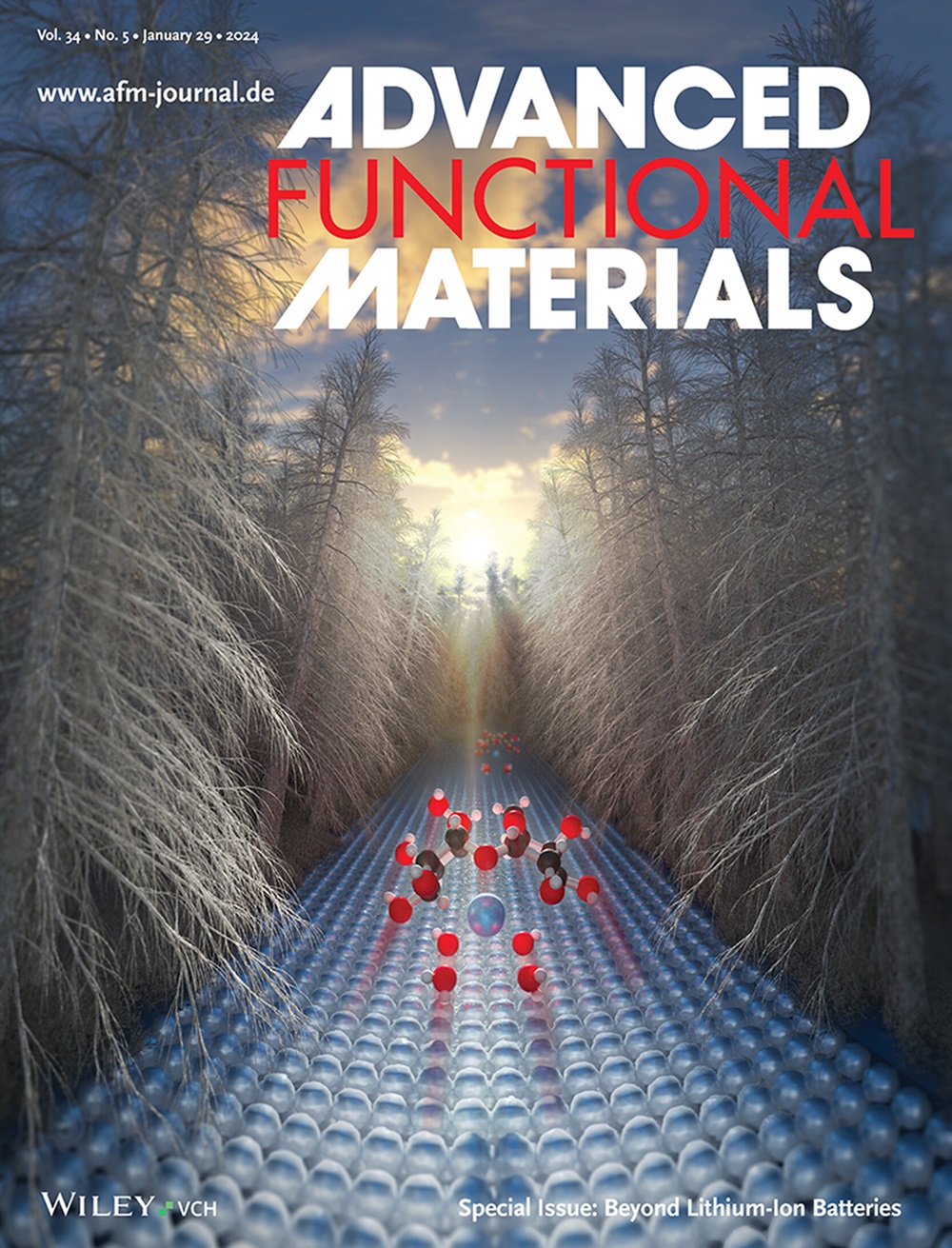Full Component Cycling of Spent CIGS Solar Cells by Transient Pressure Differential
IF 18.5
1区 材料科学
Q1 CHEMISTRY, MULTIDISCIPLINARY
引用次数: 0
Abstract
Spent copper indium gallium selenium (CIGS) thin-film solar cells contain valuable metals and toxic elements, making their recycling crucial for a circular economy. The efficient separation of the layers within solar cells is crucial for successful recycling. However, current methods for interlayer dissociation, which rely on pyrolysis and organic reagent dissolution, are slow, produce toxic byproducts, and hinder complete component recovery. This study introduces an innovative instantaneous pressure-difference strategy for separating photovoltaic modules. During the rapid pressure release process, water vapor generates a significant pressure differential, causing the separation of module interlayers owing to the abrupt expansion of water vapor. The proposed method enables the complete separation of all components in waste CIGS cells within 150 s. The method effectively enriches valuable metals and facilitates their leaching recovery., while the separated ethylene-vinyl acetate and polyethylene terephthalate exhibit properties comparable to those of commercial materials. Life cycle assessment indicates that the proposed recycling strategy has a lower environmental footprint and cost compared with conventional methods. Additionally, this approach can be applied to the delamination and recycling of other retired photovoltaic modules. Overall, the strategy provides a viable solution for managing end-of-life solar panels, contributing to the development of a circular economy.

求助全文
约1分钟内获得全文
求助全文
来源期刊

Advanced Functional Materials
工程技术-材料科学:综合
CiteScore
29.50
自引率
4.20%
发文量
2086
审稿时长
2.1 months
期刊介绍:
Firmly established as a top-tier materials science journal, Advanced Functional Materials reports breakthrough research in all aspects of materials science, including nanotechnology, chemistry, physics, and biology every week.
Advanced Functional Materials is known for its rapid and fair peer review, quality content, and high impact, making it the first choice of the international materials science community.
 求助内容:
求助内容: 应助结果提醒方式:
应助结果提醒方式:


